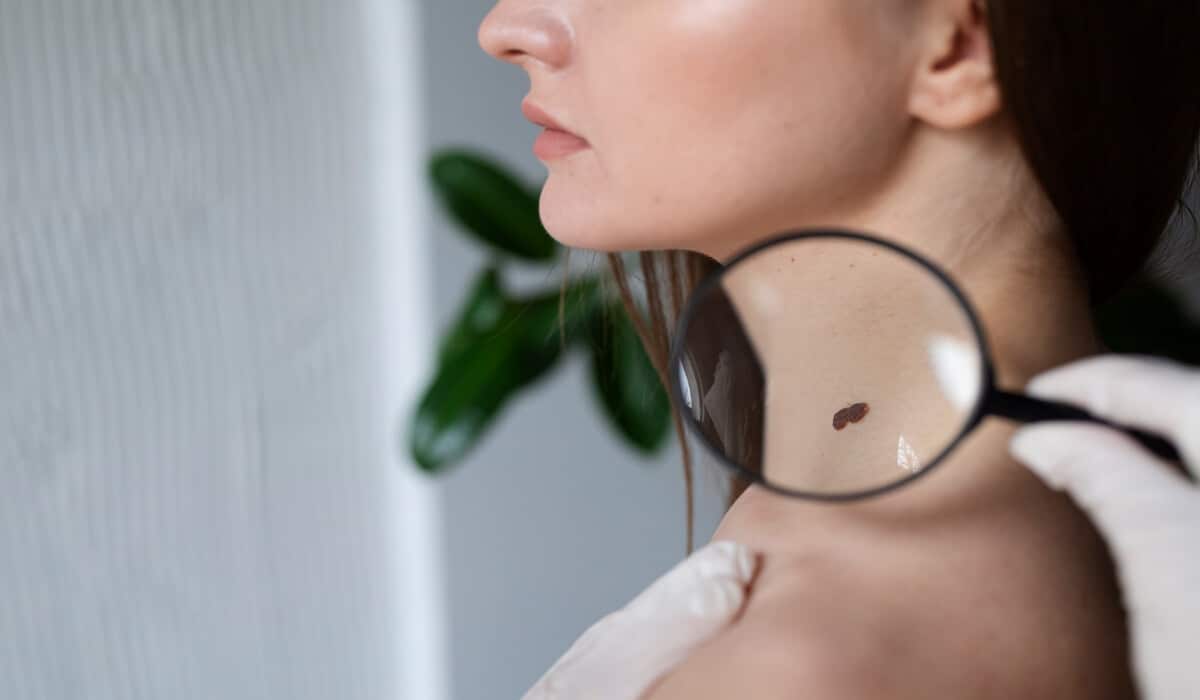Table of Contents
In the realm of dermatology, the topic of mole removal is a subject that often sparks curiosity and concern among individuals. Moles, scientifically known as nevi, are clusters of pigmented cells that appear as small, dark spots on the skin. While many moles are harmless, some may warrant removal due to cosmetic reasons or concerns about potential health risks. In this comprehensive guide, we will explore the facts, dispel common myths, and discuss best practices surrounding mole removal, with a particular focus on the UK audience.
The Basics of Moles
Before delving into the intricacies of mole removal, it’s essential to understand the basics of moles. These skin growths can appear anywhere on the body and are usually brown or black in colour. Moles can evolve over time, changing in size, shape, or colour. Most moles are benign, but some may develop into melanoma, a type of skin cancer. Regular monitoring of moles is crucial for early detection of any abnormalities.
Myths Surrounding Moles and Removal
Myth: All Moles Are Cancerous
Fact: The majority of moles are harmless, and only a small percentage may develop into cancer. Regular self-examinations and professional check-ups can help identify any suspicious changes.
Myth: Home Remedies Are Effective for Mole Removal
Fact: While various home remedies claim to remove moles, they are often ineffective and can lead to complications such as infections or scarring. Professional medical advice is recommended for safe and effective removal.
Myth: Mole Removal Always Leaves Scars
Fact: Advances in dermatological techniques, including laser removal and excision, have significantly reduced scarring. However, individual healing processes may vary.
Indications for Mole Removal
Mole removal may be considered for several reasons, including:
Cosmetic Concerns:
Individuals may opt for mole removal due to aesthetic reasons, especially if a mole is in a prominent or visible location.
Potential Health Risks:
Moles that display irregularities or changes may be removed to prevent potential health risks, including skin cancer.
Discomfort or Irritation:
Moles that cause discomfort, such as itching or rubbing against clothing, may be candidates for removal.
Mole Removal Techniques
Several techniques are employed for mole removal, depending on factors such as size, location, and the nature of the mole. The two primary methods are:
Excision:
This involves cutting out the mole and stitching the wound. Excision is often used for larger moles or those with potential health concerns.
Laser Removal:
Laser technology is used to break down the pigment in the mole, causing it to fade over time. This method is suitable for smaller, non-cancerous moles.
Professional Consultation and Mole Removal Cost
Before proceeding with mole removal, it is imperative to schedule a consultation with a qualified dermatologist. During this consultation, the dermatologist will conduct a thorough evaluation of the mole, considering various factors such as its size, location, and any changes in appearance. This assessment is pivotal in determining the most suitable removal method tailored to the individual’s specific case. Additionally, the dermatologist will transparently discuss the mole removal cost, offering clarity on the financial aspect of the procedure. This ensures that individuals are fully informed about the anticipated expenses associated with the removal, enabling them to make well-informed decisions about their skin health while taking into account both the potential benefits and the associated costs.
Mole Removal Cost in the UK:
The cost of mole removal in the UK can vary depending on factors such as the clinic, location, and the method used. On average, prices range from £100 to £500 per mole. Cosmetic removal for aesthetic reasons is usually considered a cosmetic procedure and is not typically covered by the National Health Service (NHS). However, removal for medical reasons may be covered.
Aftercare and Healing Process
After mole removal, proper aftercare is crucial to ensure optimal healing and minimise the risk of complications. Dermatologists typically provide detailed instructions, which may include:
Keeping the Area Clean:
Gently clean the treated area with mild soap and water.
Avoiding Sun Exposure:
Protect the treated area from direct sunlight to prevent pigmentation changes.
Monitoring for Signs of Infection:
Keep an eye on the treated area for any signs of infection, such as redness, swelling, or discharge.
Embracing Skin Health: The Role of Prevention and Early Detection
Prevention plays a crucial role in maintaining skin health and minimising the need for mole removal. Sun protection is a cornerstone in preventing the development of new moles and safeguarding existing ones. Consistent use of sunscreen with a high SPF, wearing protective clothing, and seeking shade during peak sunlight hours are effective measures. Additionally, individuals with a higher risk of skin cancer, such as those with fair skin or a family history of melanoma, should undergo regular skin checks to detect any changes in moles early on.
Conclusion: Empowering Your Mole Removal Journey
Understanding mole removal is an essential aspect of skin health and well-being. By dispelling myths and embracing the facts, individuals can make informed decisions about whether mole removal is necessary for cosmetic or health reasons. Remember, consulting with a qualified dermatologist is the first step in this empowering journey. While the mole removal cost in the UK may vary, the investment in your skin’s health and appearance is priceless.


